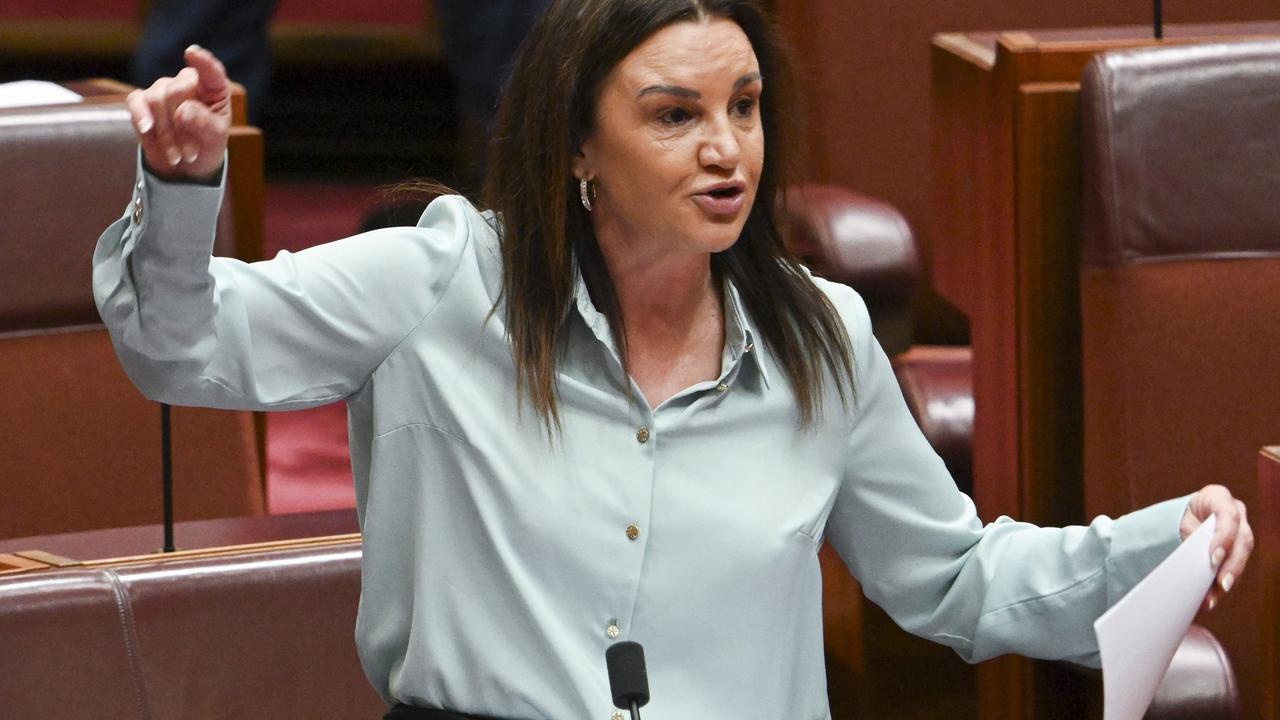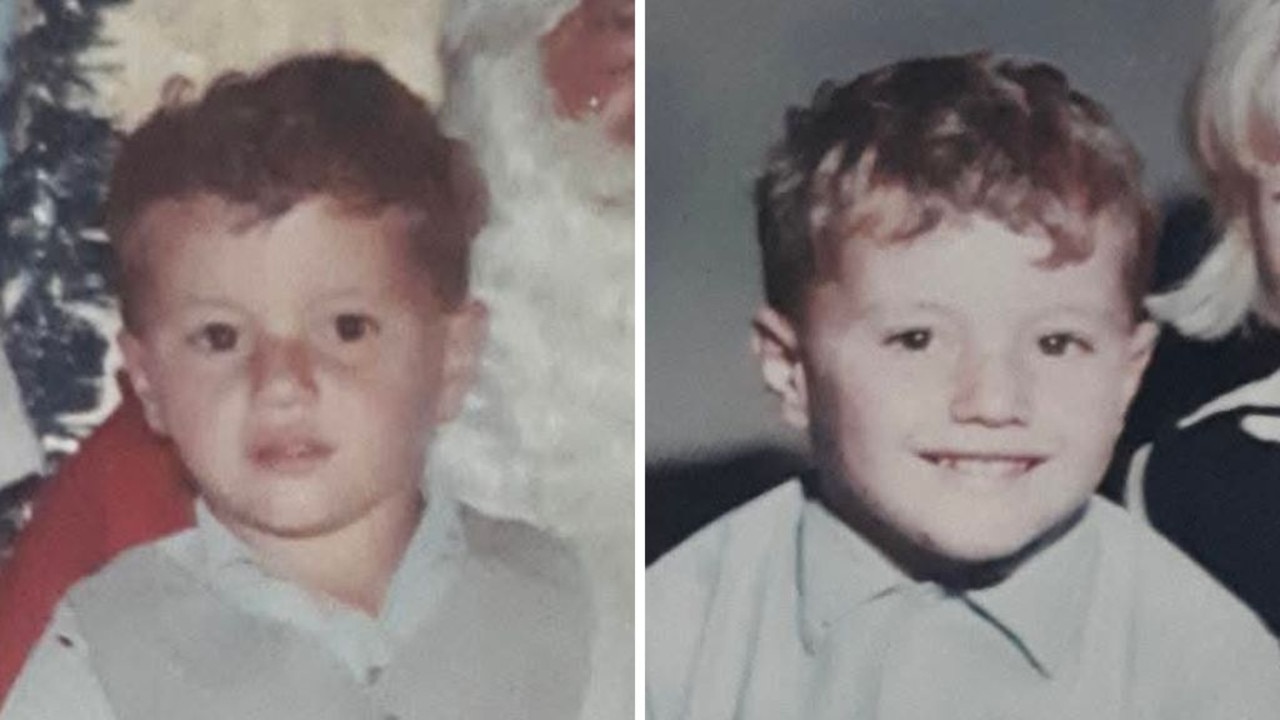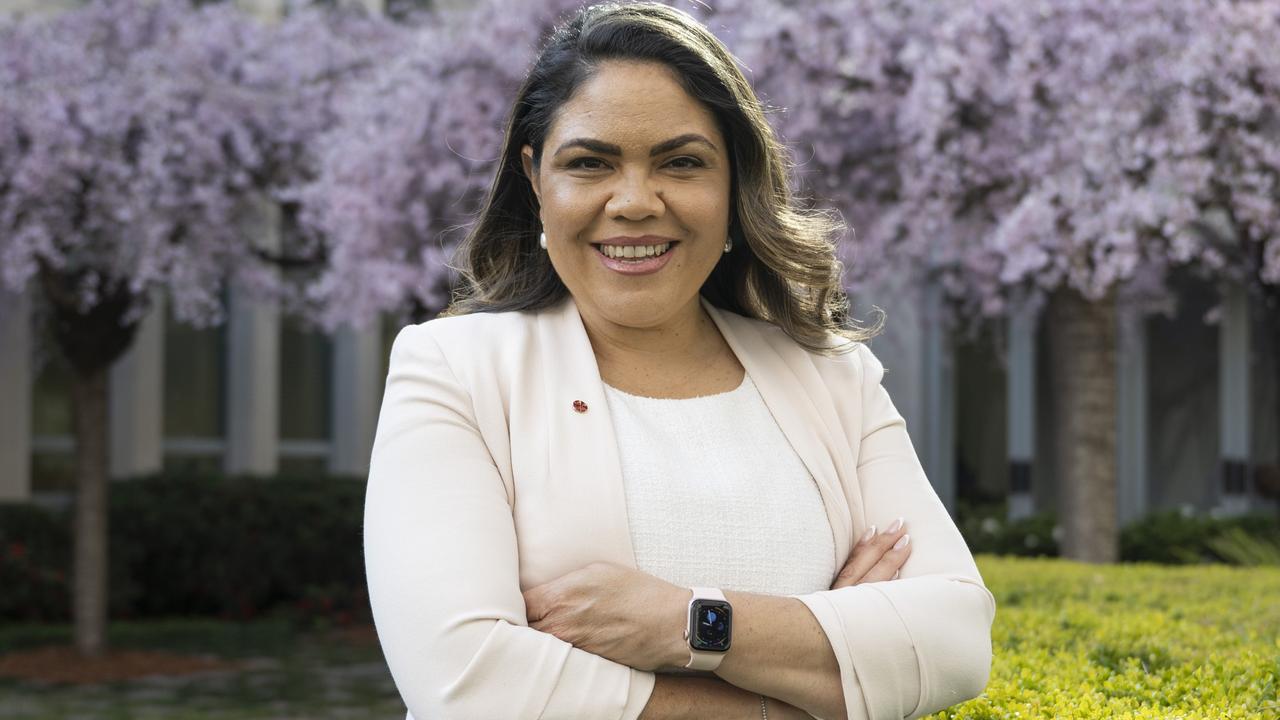Not Alone: How young Aussies are being impacted by ‘suicide contagion’
It’s a term that many have probably never heard of, but it is a very real threat that can put some of our most vulnerable Aussies at risk.
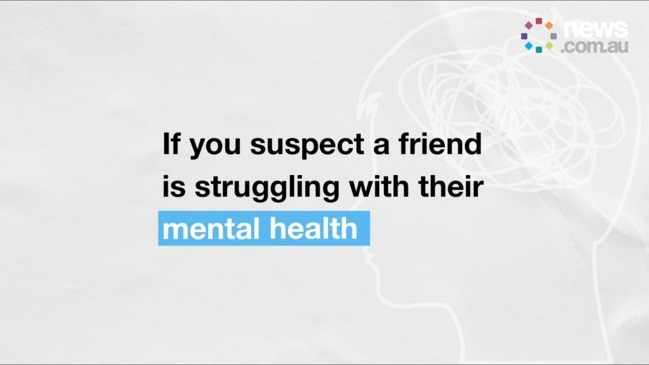
Most Australians have probably never heard the term ‘suicide contagion’, but it is a phenomenon that can have devastating impacts and knowing how to stop it in its tracks can save lives.
Suicide contagion refers to the process where one suicide or suicidal act within a community increases the likelihood that others will attempt or die by suicide.
Suicide contagion can lead to the occurrence of a suicide cluster, where a number of connected suicides occur following an initial death, according to Headspace.
While the phenomenon is considered rare, young people appear to be more vulnerable to suicide contagion than other demographics.
Mental health and suicide are not easy subjects to talk about, but news.com.au wants you to know you’re Not Alone. News.com.au’s Not Alone will raise awareness about these issues and provide you with the resources needed to reach out for help.
Head of suicide prevention research at Orygen, Associate Professor Jo Robinson, told news.com.au researchers believe the notion of suicide contagion is one of the mechanisms that can make these clusters operate.
“For example, if one young person takes their own life there is an increased risk that other people who have been exposed to that suicide might also be at an increased likelihood of suiciding,” she said.
“We think that particularly occurs when people are closely related to the person who initially suicided, whether physically, where they may have witnessed the death, socially close or psychologically close, where those two people may have been able to relate to each other.”
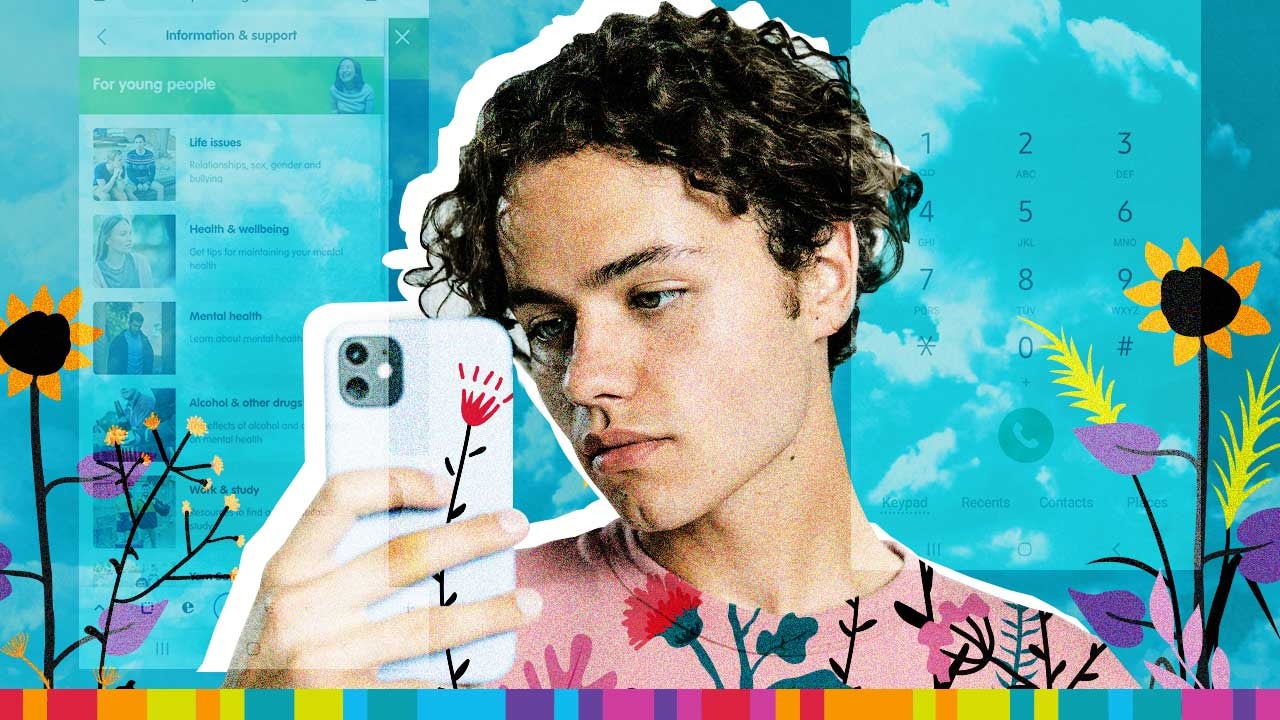
Professor Robinson said one example of this could be if two people have been bullied by the same perpetrator and one of the victims suicides.
This could then increase the risk of the other victim self-harming or attempting suicide as it may make them view it as the only option.
“There are some settings where we see higher rates of suicide clusters, such as schools, Aboriginal communities and psychiatric units,” Professor Robinson said.
She also said some people could have a predisposed vulnerability to suicide contagion.
“People generally gravitate towards a social group that they have things in common with, sometimes this could be a history of mental health issues,” she said.
She said if you are concerned about someone who may have been exposed to suicide then it is a good idea to check in with them to see if they may be experiencing suicidal thoughts and offer help if they struggling.
Social media could be a vehicle for contagion
Concerns have long been held around the negative mental health impacts of social media, particularly on young people.
Professor Robinson told news.com.au there are now growing concerns that the way young people use social media could promote suicide contagion.
“We worry about social media platforms, such as Instagram groups where young people are engaged in suicide related conversations and behaviours. This can be a vehicle for contagion,” she said.
She said that researchers have definitely seen more youth suicide occurring as a result of clusters than other age groups.
This could be because young people can be more impulsive and have less refined regulatory skills, according to Professor Robinson.
“It is the time when mental health problems often onset, same with self-harm and suicide risks. It is a vulnerable time,” she said.
In response to the rising concerns about social media possibly being linked to suicide clusters, Orygen developed the #chatsafe guidelines to help young people safely communicate online.
Professor Robinson said completely cutting young people off from social media wasn’t the answer, as these online platforms also offer a lot of potential benefits.
The aim of the guidelines is to provide support to young people who might be responding to suicide-related content posted by others or for those who might want to safely share their own feelings and experiences with suicidal thoughts, feelings or behaviours.
The guidelines encourage people to reflect on how their post or comment could affect others and whether they are communicating their message in the safest and most helpful way possible.
The guidelines also suggest including a “trigger” or “content” warning that alerts users that your post may contain distressing content.
Professor Robinson said some of the other tips include not using the term “committed suicide” as it makes it sound like a crime has been committed and not sharing graphic images of self-harm or locations of suicide deaths.
She said one of the other things young people have told them is that they are worried they won’t know what to do if they see suicide related content posted online by a friend.
“We tell them to reach out to them via direct message and give them examples of how to have that conversation safely and then what to do with that information,” Professor Robinson said.


